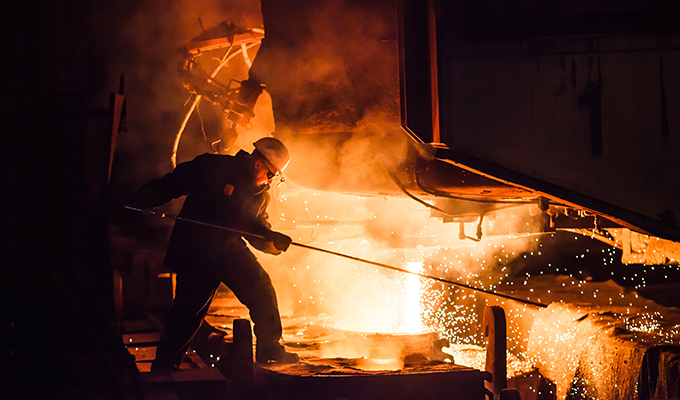The EU steel industry is on track to achieving its decarbonization goals supported by new mechanisms like the Emissions Trading System (ETS) and the Carbon Border Adjustment Mechanism (CBAM), according to Primetals Technologies’ head of green steel.
“The politicians have finally recognized that the steel sector is one of the most important ones to transition to green production if we want to see the pledged CO2 reduction levels in the EU,” Dr. Alexander Fleischanderl told S&P Global Commodity Insights on Feb. 28.
According to the European Commission, carbon emissions and energy use in European steel production have been halved since 1960, and the sector has the ambition to further achieve cuts of between 80-95% by 2050, compared to 1990 levels.
Fleischanderl highlighted the importance of EU funding regulations like the Clean Steel Partnership (CSP) and Carbon Contracts for Difference (CCfD) alongside the adoption of low-carbon steel labelling and the creation of a premium price segment to enable the steel industry to make a successful transition to low-carbon production practices.
In addition, he noted that there have been numerous public decarbonization commitments from leading steel producers such as ArcelorMittal, Thyssenkrupp Steel Europe, and Salzgitter in recent weeks, with the industry clearly moving from pledges to execution.
“Green steel is currently the main facilitator in Europe as most of the established steel producers are now looking for electric arc furnaces, direct reduction plants and other technologies enabling them to reduce their CO2 footprint,” said Fleischanderl.
“This makes Primetals Technologies confident that the EU steel sector will achieve the targets,” he added.
According to the Fleischanderl, demand for low-carbon steel remains limited, accounting for around 1% of the global market, due in large part to ongoing ambiguity surrounding the definition of “green steel”.
The question of how to classify different categories of steel based on carbon emissions is currently being decided under the lead of the European Steel Technology Platform and the European Steel Association, or Eurofer.
According to Fleischanderl, the EU system for categorizing green steel will most likely be determined by scrap content.
“Green steel will likely be classified with the label A, and the threshold value for the carbon footprint will depend on the so called “sliding scale” principle, which means the more scrap used as secondary raw material, the lower the threshold value,” he said.
Fleischanderl said the goal is to eventually create a premium price segment for the green steel label to offset the higher production costs arising from investing in new low-carbon technologies based on renewable electricity and hydrogen.
“The expectation is that green steel will outperform the market, and the public purchasing side could become an accelerator through the construction of green rails, bridges, buildings, etc,” he said.
On existing steel demand, Fleischanderl said that sales in Europe were “fairly high”, particularly to the automotive sector, with demand expected to remain high for the remainder of 2023.
Platts, part of S&P Global Commodity Insights, assessed domestic prices for hot-rolled coil in Northwest Europe stable at Eur805/mt ($859/mt) EXW Ruhr Feb. 28, up 33.0% from a two-year low of Eur605/mt on Nov. 24.
— Euan Sadden






